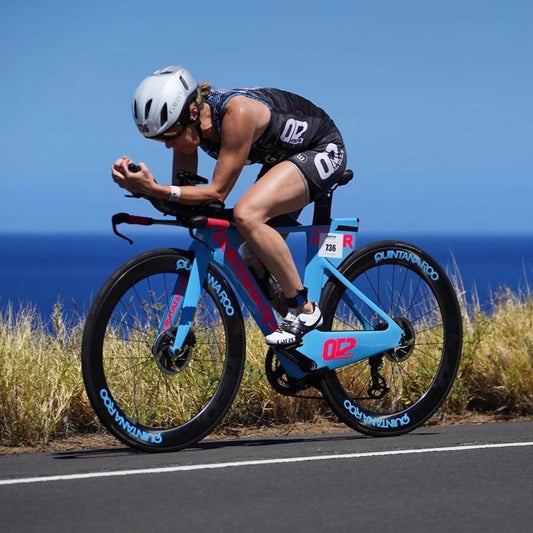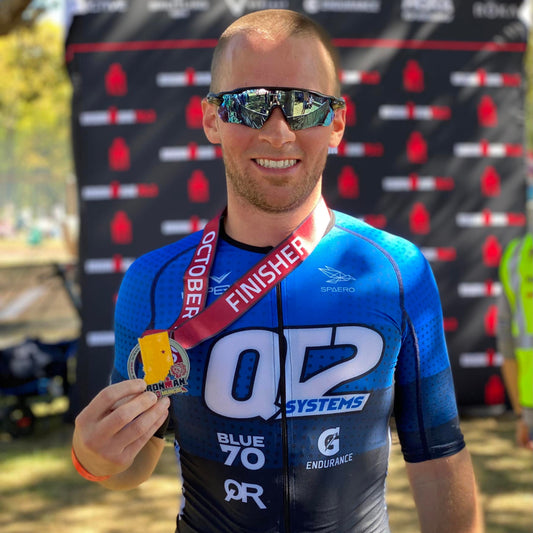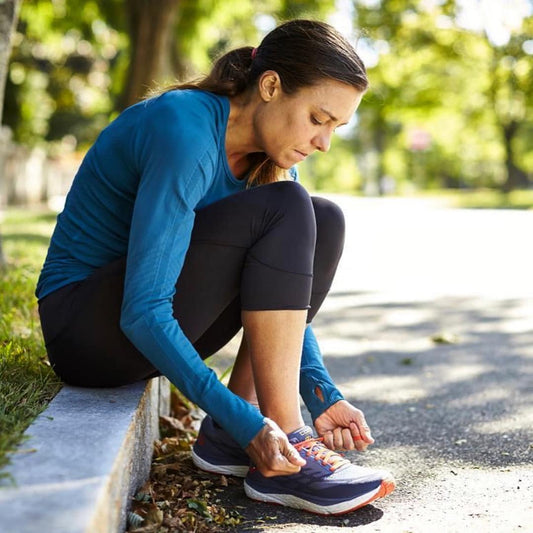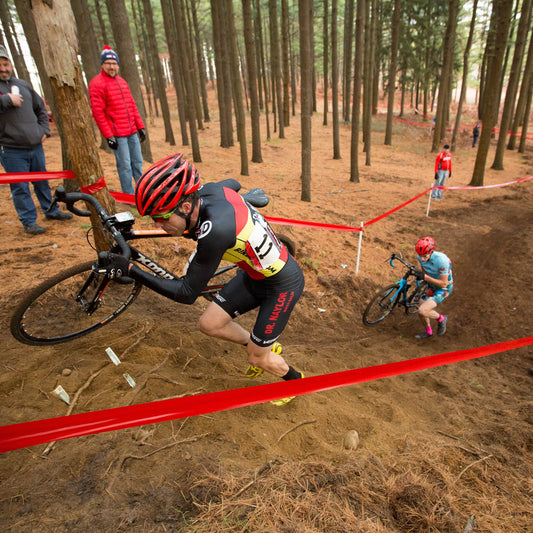Congratulations! You just signed up for a beautiful, scenic, mountainous triathlon or bike race! All you can imagine are cool mountain breezes, the scent of pine trees, wispy clouds behind a mountain range and maybe the sound of a rushing, rocky stream.
SCRRRREEEECHHHH! BUT WAIT JUST A DARNED MINUTE! Oh no! You live in Florida? Texas? Or some other place, that is as flat as that table your laptop was sitting on when you registered for this get-up?!
How in the HECK are you going to prepare for this, without dropping a ton of cash on training vacations before race day? Here are some tips and tricks to simulate some “hill” training, into your flat, little region of the World.
First and foremost, start by looking at your current strength training routine. You do have one, right? No?! Well, now is probably a good time to start! Yes? Great job! What is it, that you are incorporating for strength training? If it is early in the season, and you haven’t been lifting weights, you will want to start with light weights and a higher number of repetitions to prepare the soft tissue and muscles for the “real” work to come. After 2 to 3 weeks of preparation, you will want to do at least a 6 to 8-week block of heavier weights, but lower repetitions to gain some strength and power in those legs that will be carrying you up those hills. Eventually, (without taking up this whole blog on strength training,) you will want to move into an endurance or maintenance phase, but that is for another article! In a nutshell, you want to focus on compound, multi-joint exercises. Compound movements include things such as; squats, step-ups, lunges and deadlifts. You will also want to spend some time on your core, so that your lower back will be able to sustain all the push and pull of climbing.
Next, let’s get a little more specific as to exactly, just what you need to do for bike training.
The first thing to mix in, should be some “Big Gear Training.” What is big gear training, you ask? Basically, making it hard to pedal! You use your big chain ring in the front and one of the smallest chain rings in the back. It will make it feel like you are going up a hill, or into wind. (Speaking of wind! You will see more on that soon!) Just as with strength training, don’t be of the mindset of, “Go Big or Go Home.” Start with short intervals and work your way up to longer intervals. This will prepare the body in a safe manner, decreasing your chances of joint/tendon pain or injury. We have some particularly “favorite” sets we like to use with our athletes, at QT2 Systems/OutRival Racing. We call them, “BSTs.” Lovingly known as, Bike Strength Training. We have an athlete use their best sustainable effort in a gear that will give them a cadence of 50 to 65rpms. The length of the interval varies, based upon the athlete and their training protocol. Eventually, you will want the intervals to mimic the type of race you are training for. If the hills are long and gradual, you will want to work your intervals up to longer bouts of lower cadence at a lower intensity or heart rate. If your race contains a lot of short, punchy hills, you will want your intervals to be shorter and of higher intensity or heart rate. An example would be: Within your ride, add 3 x 10 minute intervals at 50-65 rpms, at best sustainable effort. After each hard effort, spin for 5 min. at 95 to 100 rpms, allowing your heart rate to come down.
Remember in the last paragraph, when I mentioned “wind?” Yes, wind is your friend in this training situation. Don’t be afraid of it. Don’t be annoyed by it. Don’t avoid it. In fact, seek it out! If you find yourself in a headwind, drop into your “big gear” and embrace it! Do your low cadence work (Big Gear Intervals) INTO the headwind. Turn around and use the tailwind as your recovery interval. In Florida, we call wind, “Our Florida Hills.”
Now, if you are lucky enough to live in an area, where you can find some bigger bridges or highway overpasses, use them! (I have even heard of athletes who live in bigger cities that contain tall parking garages, using the garage incline early in the mornings before workers start arriving.) Use your overpass, bridge or parking garage to do “hill” repeats. This is self-explanatory! You ride up the hill as your hard effort and you ride down the hill as your recovery effort.
The next thing you want to look at, is something you would do for almost any race training. That is Lactate Threshold Training. This benefits not only getting you stronger for climbing, but your overall speed, power and fitness in general. LTH training is spending time in a challenging heart rate or power zone. These intervals should be close to best effort and again, will vary in length and intensity based upon each athlete’s fitness and the type of race they are training for. An example of a workout for this would be, within your ride, add in 5 x 5 min intervals at best sustainable effort at 85-90 rpms. After each hard effort spin easy for 5 min, allowing heart rate to come down.
Finally, we get to the Trainer! There are even some indoor nuances to be made, when training for hills. First, if you use Zwift, Rouvy or Trainer Road, there are always hilly courses to be found! Find some courses that match your race elevation and have at it! Second, you can also prop up your front wheel on wooden blocks, an old phone book (do they even still make these things?) or a stack of old books. This way, your body is in the position that it will be in, when you are doing your “real” hill climbing on race day. If you don’t prop your front wheel, it is like you are doing “wind-training” vs “hill-training.” If you don’t use a program such as Zwift, you can always use the “Big Gear” workouts on your trainer.
Last but not least, be sure your bike has the appropriate gearing for the course you have chosen. There are many gearing options to choose from. Do your research. Google the bike course and see if you can find gearing suggestions. Seek out others who have ridden the course and ask what they used. Talk to the bike shop and see what they recommend. Once you have your answer, invest in what you need. This alone, training or no training, can make the difference between a spectacular day or a miserable day!
Through it all, have fun with your training! Most of us aren’t in this sport to win money, so make the journey your destination. Remember, to be healthy enough to train and compete is a gift in itself.
This post was written by Coach, Jackie Miller.





